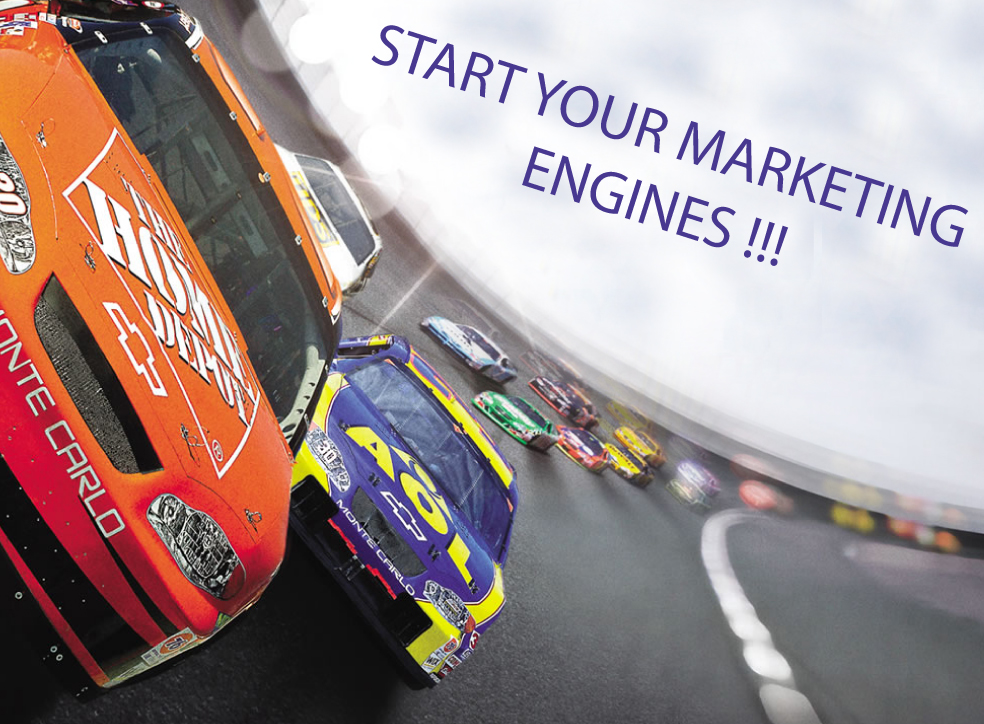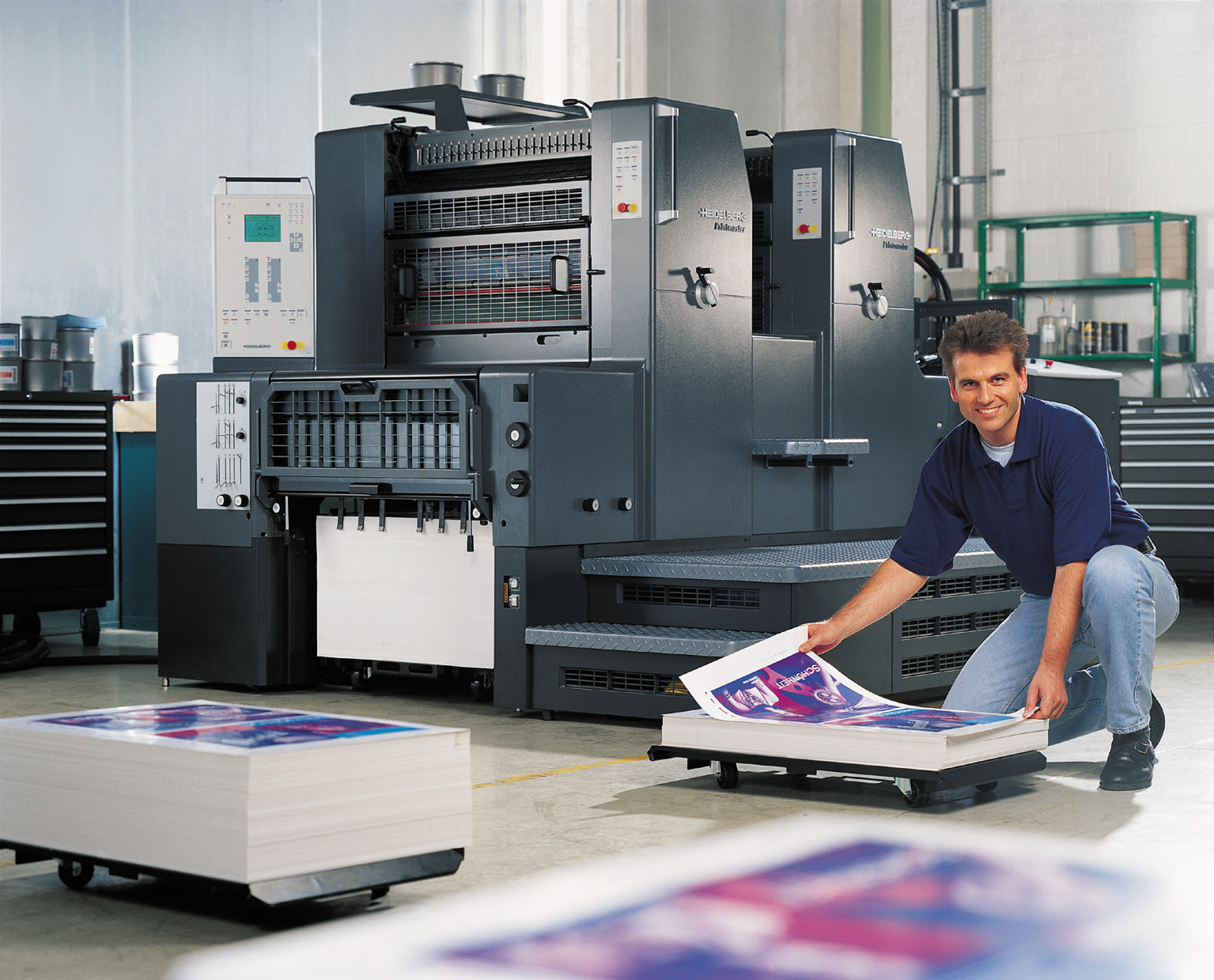
“Focus more on increasing your sales and leave the printing to a company that will augment your business.
Ceo & President Zahir Salehmohamed
“
Most companies still have investments in internal document print and mail facilities but the tide is rapidly changing. Why is document outsourcing growing so rapidly?
Reduce Cost:
The most obvious reason companies consider document outsourcing is to reduce capital investment and on-going expenses for laser printers, mail machines, software, and personnel – all of which are utilized on a part time basis. Strong outsourcing partners offer state-of-the-art production facilities allowing you to pay only for your company’s usage.
Concentrate on Core Competencies:
In a very competitive world, successful companies have become more focused and specialized than ever before. Sales and revenue growth are imperative – building fixed overhead is not. Today, many organizations recognize there is no competitive advantage in building and managing print and mail operations, especially when print and mail will diminish over time with the future transition to electronic documents.
Lack of Internal Expertise:
Few companies can afford to hire a full time staff to research and stay abreast of technology changes in laser printing, mail production software and equipment and postal regulations. Evaluating, purchasing and implementing electronic document technology raise the bar significantly. Thriving outsourcing companies have that specialized expertise – that’s why they are successful. Continued technology advances, increasing wages for the best people and decreasing talent pool insure outsourcing will grow dramatically.
Comparing Costs: In-House vs. Outsourcing
If the primary goal of outsourcing is to reduce costs then why do most companies fail to accurately assess their internal costs? Certainly capital equipment investments in printers, mail machines, servers, supplies, maintenance contracts and operator salaries are easy numbers to obtain – in fact, most studies stop right there. What’s wrong with this comparison?
The outsourcing company, if properly managed, has the same hidden “soft” costs of running any production operation. Therefore, an accurate comparison to an outsourcing quotation should include true in-house costs, not just hard dollar line items in budgets. An example of soft costs rarely addressed is indirect labor cost, such as accounting, budgeting, interviewing, training, recruiting, payroll, benefi ts administration, mailroom management, temporary labor, IT support, building facilities management, vendor contract management, shipping and receiving, purchasing, and mail delivery. What about hidden expenses that are buried in larger line items – warehouse storage space, delivery vehicle usage for mail delivery, various types of insurance, real estate and utility costs, and so on. All of these costs are included in outsource pricing. If the objective is a true, accurate comparison of in-house versus outsourcing, then be prepared to spend some time analyzing real internal costs.
Selecting an Outsourcing Partner:
What selection criteria should you use when all your outsourcing candidates appear equally qualifi ed to perform your work and the pricing is close? How many times have you heard “they are all about the same so I went with my gut feeling”? Basically that means the vendors did a poor job of educating the customer or the customer didn’t put enough effort into understanding the differences in the vendors. Either way, the decision becomes a gamble on future satisfaction. There should be two major considerations in selecting a document outsourcing company. First, the usual outsourcing price quotation is based on what your company is doing currently. A great outsourcing company will ask questions, understanding if you have requirements that are not being met and what you would like to improve. A great outsourcing company will produce two quotes one that compares apples to apples and one with recommendations for improvements and related costs, demonstrating how to reduce production costs.
Secondly, understand the values of the outsourcing company by listening to how they represent their company. Is the sales presentation based on the number of laser printers and mail machines or do they focus more on satisfied customers, quality, and solving your business problems. Is the outsourcing company flexible, willing to make changes as the customers’ needs change or do you get the feeling you have to conform to them. Do their customers really speak highly about the relationship and provide strong recommendations? Has the outsourcing company honored all commitments on service and turnaround with their customers or does support drop after contracts are signed?
The extra investment in looking beyond pricing and capabilities will pay off handsomely insuring a mutually successful outsourcing relationship. Rest assured, all outsourcing companies are not created equal.
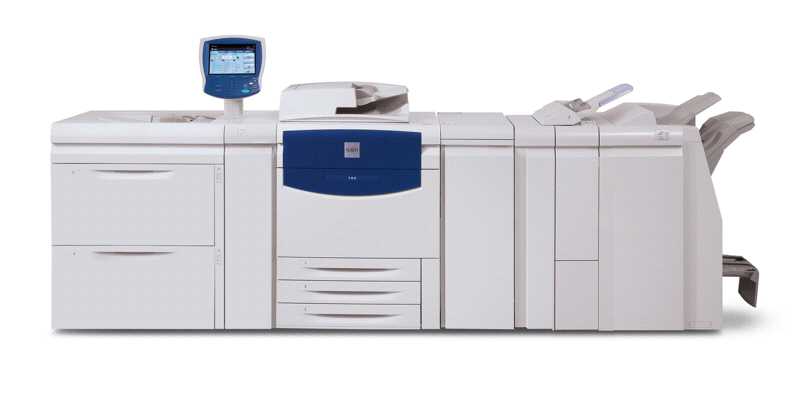 Here at the UPC, we are always looking to provide improved and quicker services for our customers. So we asked ourselves, how can we get faster based on current customer demand? Well the obvious way is to get a new press and that is exactly what we did.
Here at the UPC, we are always looking to provide improved and quicker services for our customers. So we asked ourselves, how can we get faster based on current customer demand? Well the obvious way is to get a new press and that is exactly what we did.






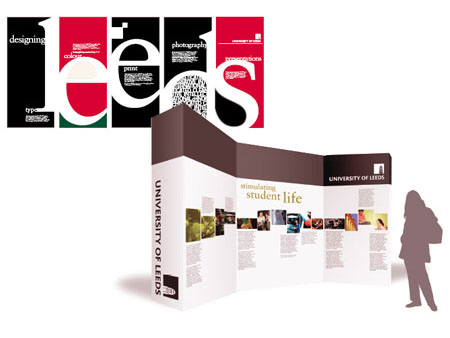
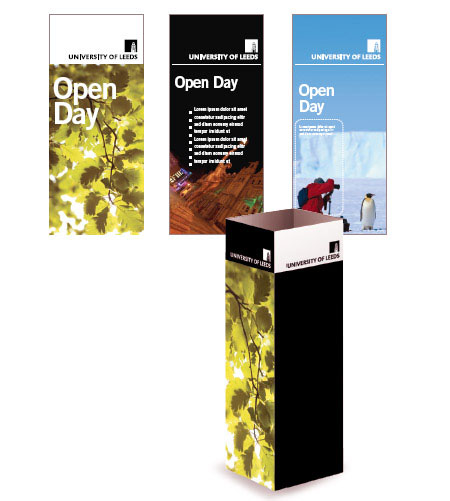

 Quality marketing is important to any business and one sure-fire way of promoting your business is through the use of wide format posters. Posters are a very flexible advertising tool that is intended for viewe
Quality marketing is important to any business and one sure-fire way of promoting your business is through the use of wide format posters. Posters are a very flexible advertising tool that is intended for viewe

